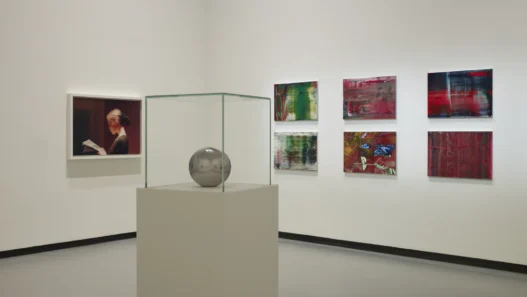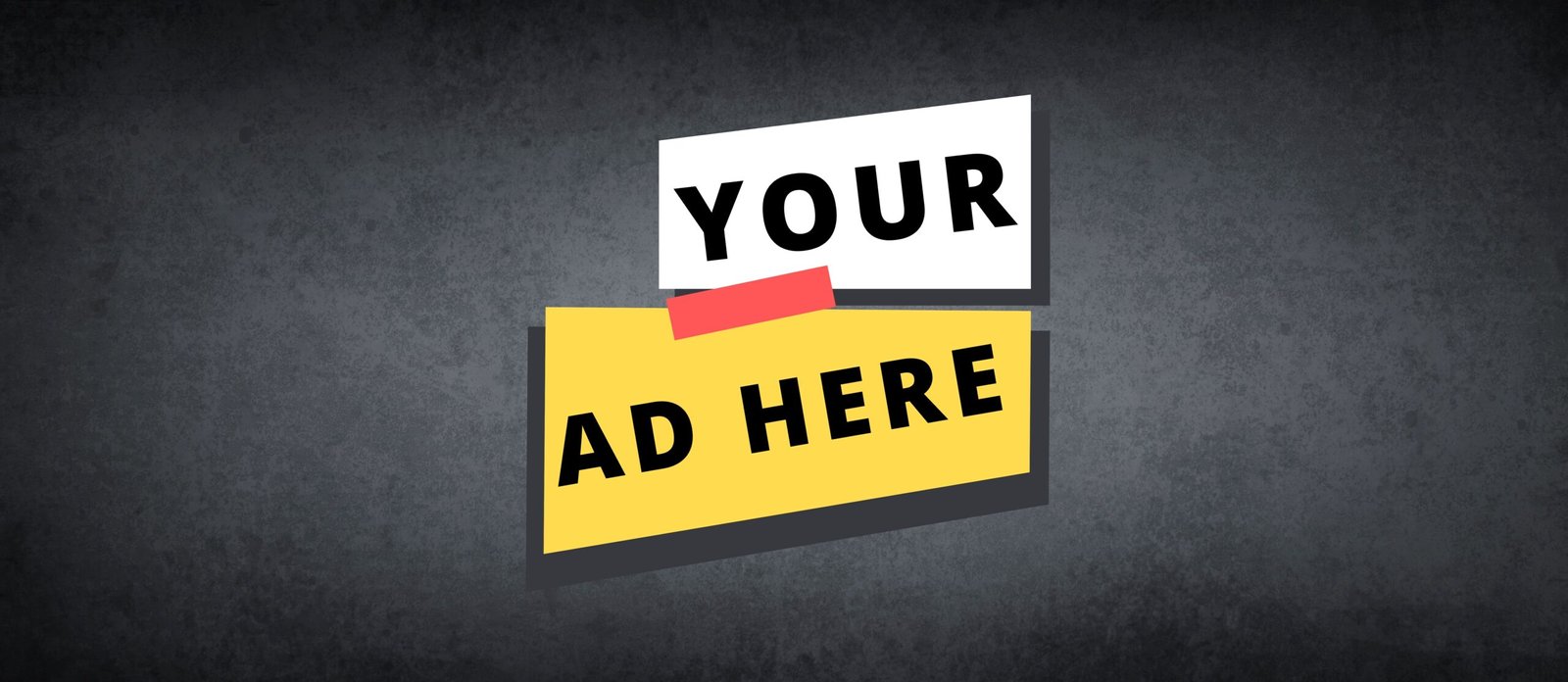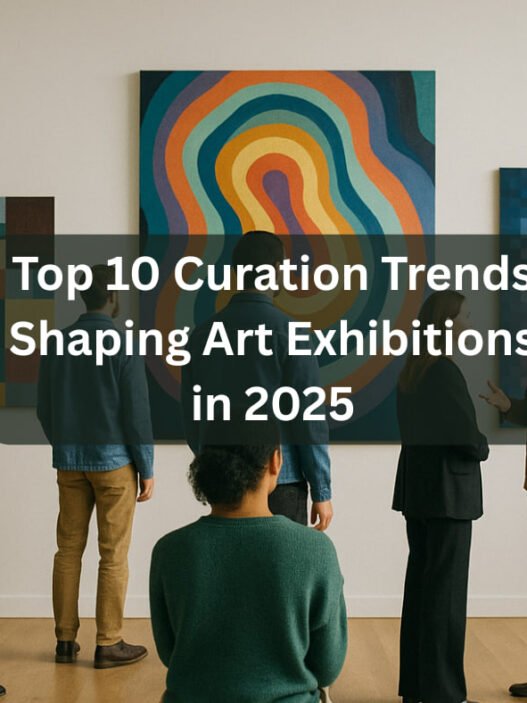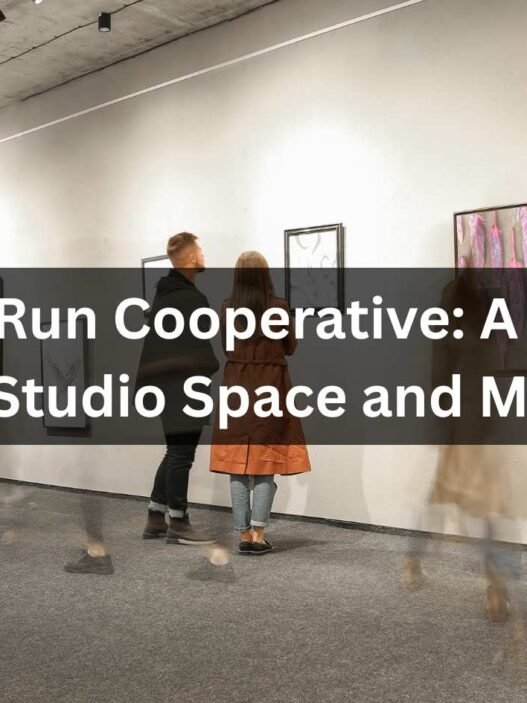In an increasingly globalized, yet politically fractured, world, the role of the contemporary curator has expanded far beyond selecting and displaying art. When dealing with international exhibitions, the curator often transforms into a cultural diplomat, managing complex relationships between governments, institutions, and artists across geopolitical divides.
Navigating the minefield of international loans and partnerships requires a sensitive balance of artistic vision, ethical responsibility, and geopolitical awareness. Success hinges not only on securing the masterpieces but on ensuring the process respects all parties and remains true to the cultural mission.
1. The Challenge of “Soft Power” and State Sponsorship
International exhibitions are rarely purely aesthetic affairs. They are frequently used by governments as tools of soft power, promoting a favorable image abroad, strengthening diplomatic ties, or even, conversely, highlighting political dissent.
The curator must acknowledge this reality while protecting the project’s intellectual integrity:
- Scrutinizing the Source: Before entering a partnership, the curator must meticulously vet the lending institution and its funding sources. If a loan is tied to a government with a concerning human rights record, the curator must determine if the exhibition’s content can withstand scrutiny and if their institutional involvement compromises their ethical standing.
- Managing Expectations: When dealing with state-sponsored loans, the curator must clearly define the curatorial narrative and maintain control over the exhibition text. They must resist pressure to present an uncritical or propagandistic version of a national culture.
- The Power of Omission: Sometimes the diplomatic act is knowing which art not to show. A curator may strategically choose work that bypasses highly sensitive political flashpoints in order to open a dialogue that is otherwise impossible.
2. Navigating Cultural Heritage and Repatriation
One of the most sensitive areas of international curatorial work involves objects of cultural heritage. Curators dealing with antiquities, ethnographic materials, or items acquired during colonial eras must anticipate and manage the complexities of ownership and history.
- Due Diligence and Provenance: The curator must ensure absolute transparency regarding the provenance (history of ownership) of objects. If there are any unresolved claims or ethically ambiguous acquisitions, the curator must engage with the claimant (often a government or descendant community) with transparency.
- The Ethical Loan: Rather than waiting for demands, proactive curators are initiating “ethical loans” and partnerships that lead toward repatriation. An exhibition can be framed as a moment of shared stewardship and education before an object is returned, creating a positive diplomatic outcome rather than an adversarial legal battle.
3. Protecting the Artist and the Artistic Voice
The curator’s primary duty is to the integrity of the art and the safety of the artist, particularly when exhibiting challenging or politically charged contemporary work from authoritarian regimes or conflict zones.
- Security and Anonymity: When an artist’s safety could be compromised by exhibiting their work internationally, the curator must act as an advocate. This may involve:
- Securing agreements that protect the artist’s identity.
- Using anonymous wall texts or installation techniques.
- Ensuring that the loan contract includes provisions for the safe return of the work, especially if the political climate shifts unexpectedly.
- Visa and Travel Support: For international exhibitions featuring living artists, the curator becomes a diplomatic facilitator, cutting through red tape to ensure the artist can attend, speak, and engage, validating their presence as a crucial part of the cultural exchange.
4. Operational Diplomacy: Contracts and Immunity
The logistics of moving high-value or politically sensitive artwork require specialized legal and diplomatic maneuvers.
- Indemnity and Insurance: Standard insurance may not cover losses due to war, terrorism, or political seizure. Curators must rely on government-backed Indemnity programs (like the U.S. Federal Indemnity program) which legally protect works of cultural significance on loan, minimizing financial risk and facilitating high-profile exchanges.
- Immunity from Seizure: To secure loans from nations with tenuous diplomatic ties, curators must often obtain legal assurance (known as Immunity from Judicial Seizure) from the host government. This legally prevents the artwork from being seized by private parties attempting to enforce unrelated legal claims or historical disputes.
Ultimately, the successful curator-diplomat leverages the universal language of art to build bridges where traditional diplomacy often fails. By prioritizing ethical transparency, protecting artistic voices, and mastering the complex legal framework of international loans, they ensure that cultural exchange can continue, even when political currents are running against it.


















